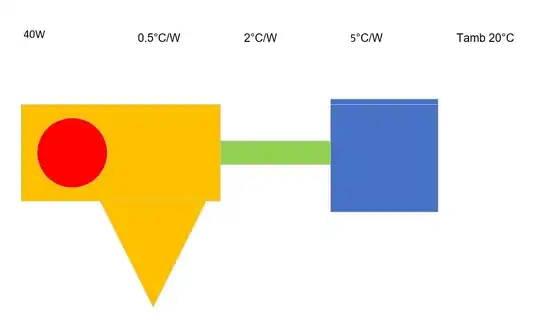I am trying to resolve this for months and have tried almost everything, I guess.
I am using Marlin firmware on a custom extruder with a custom fabricated heating block in which heater and thermistor (Marlin Temp_Sensor 11) are set up perpendicular to each other. Whenever I try to heat it up to 200 degree Celsius, it falls short and fails at around 140 and that too with a very low pace (especially between 100 to 140).
I have already tried PID tuning, ADC values calibration, etc. Also, I have tried varying the values of Watch_Temp_Sensor in Configuration_Adv.h. I don't know what's going wrong.
Can extruder coldend fan have an effect on the heating of thermal block? I have tried heating the hotend without cooling the coldend, although it takes around 10-12 minutes yet it works perfectly fine then and it reaches to the desired temperature.
The power supply is working fine
P.S. I am not using any kind of pre-built extruder like E3D etc.
This is the setup:
This is the thermistor setup:
This is a view of heater position:



